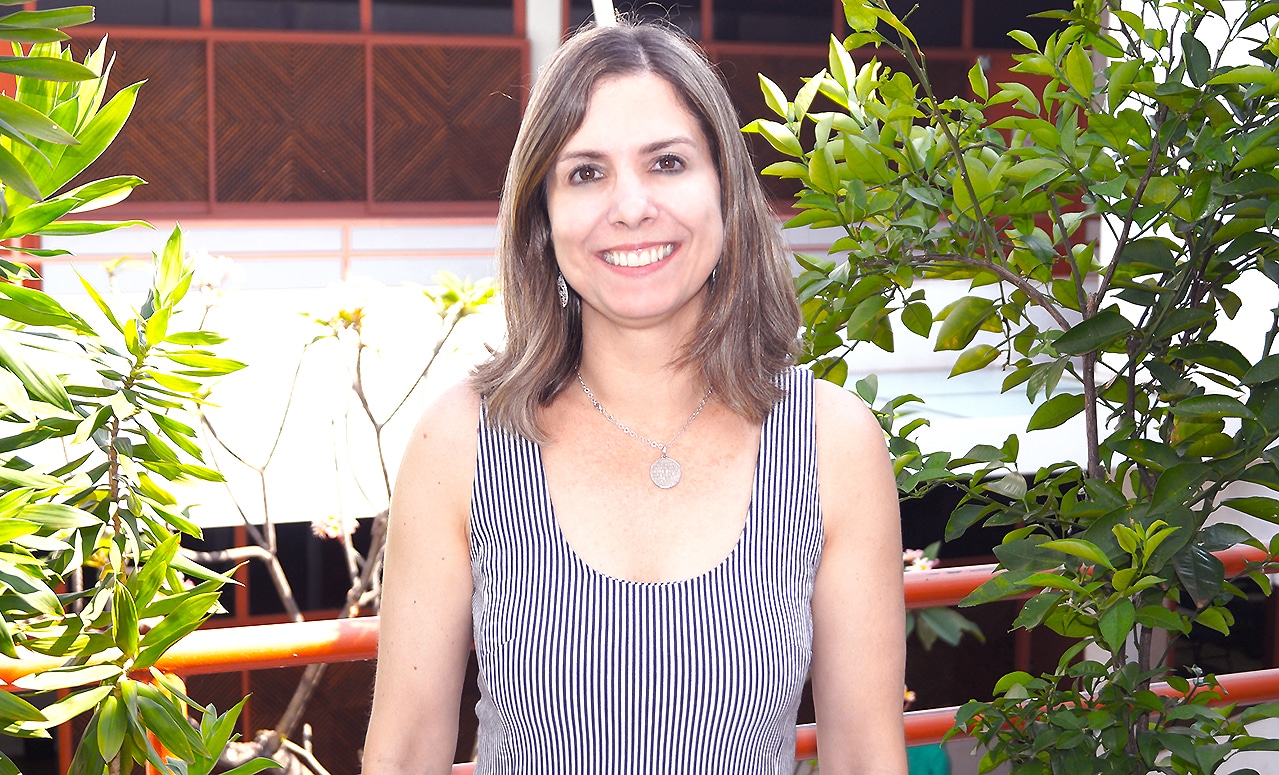Is CLIL an approach to apply to our EFL lessons?
CLIL is a fairly recent way of teaching. An acronym standing for Content and Language Integrated Learning – according to Mehisto et all [2008] it is a dual-focused educational approach in which an additional language is used for the learning and teaching of both content and language.
A lot is said and discussed about CLIL and normally the discussions focus on the subject teacher having to teach his or her subject in English. Most books and articles I found present definitions and ideas almost always trying to help the content teacher to deal with language.
What about the language teacher’s perspective? I have been finding an enormous difficulty finding articles that look into it from such perspective. We normally find material that talks about the use of language, all approaches to language teaching, not really how to develop more content in a language class.
From an English language teacher perspective, I find it quite difficult to include more content in an EFL class. Most published materials, even though claiming to have a CLIL content and/or approach are very, very much language oriented.
Phil Ball states that CLIL with its dual focused approach has language and content to be taught hand-in-hand. In regular schools, I cannot see a lot of problems in this as this should not be so difficult to accomplish as there are the demands of the curriculum and therefore what needs teaching is already set. The issue here would be on a different approach to teaching the content. In fact, the content is defined by the syllabus and the language is defined by the content – what the student needs to know and produce.
From my point of view if we want to be different language teachers, it would be a good challenge if our lessons include aspects which are more than merely language teaching. It is said that by providing content to our students they might reach a better level of achievement and would possibly learn the additional language in a more interesting way. Maybe by concentrating on content of any subject different than language, language might become an intake demanding considerably less effort and awareness.
I have been trying CLILify some English as a foreign language material in order to cater for a work on content in more depth. It has proved not to be a very easy task to adjust materials. A lot has to be taken into account mainly regarding thinking order progression from lower thinking order to higher thinking order. Learners would benefit more by going ahead in steps that would provide a graded increase in demands, for example, from remembering to comprehending to applying, etc, until they get to evaluating. There is also the need to pay attention to the BICS – Basic Interpersonal Communicative Skills, for social and personal interaction – and CALPS – Cognitive Academic Language Proficiency Skills, to be able to discuss the content properly using the lexicon needed for it.
Well, a lot has been discussed and still there seems to have a long way to move on and I think that by CLILifying a bit our EFL classes we may bring a different ingredient to our teaching and with it, providing a novelty to students.





